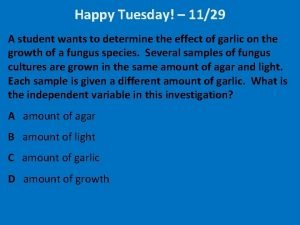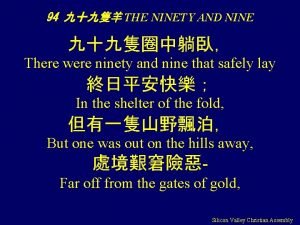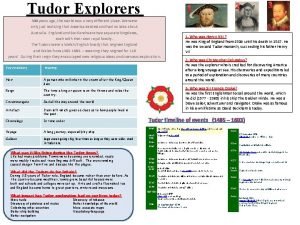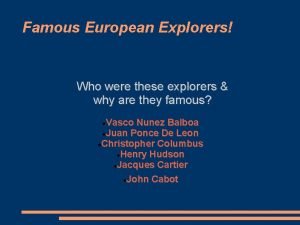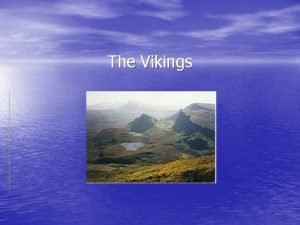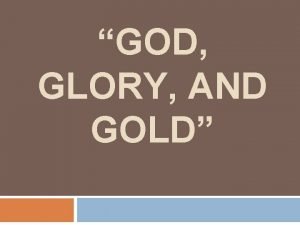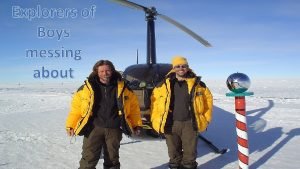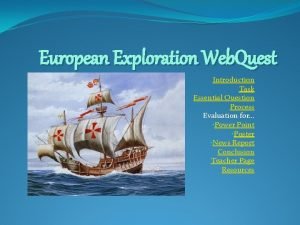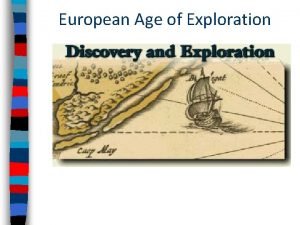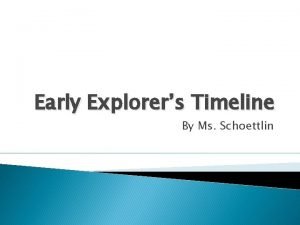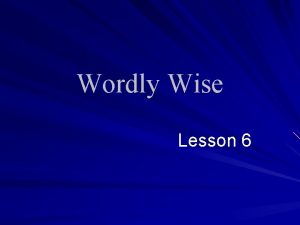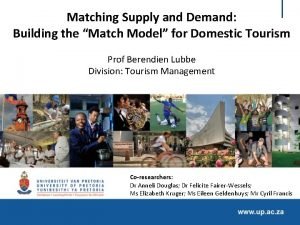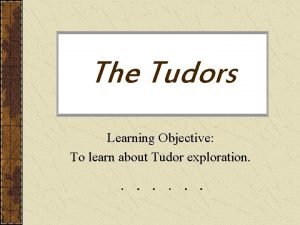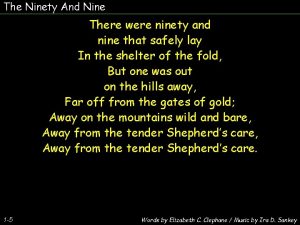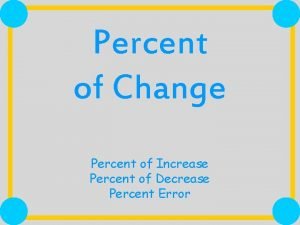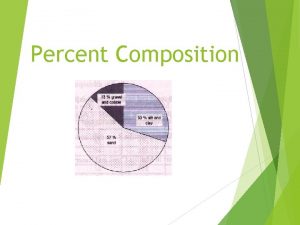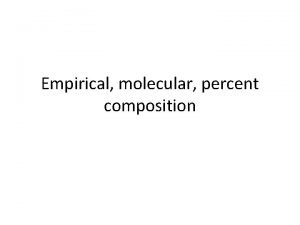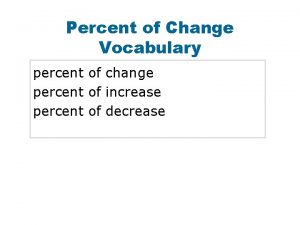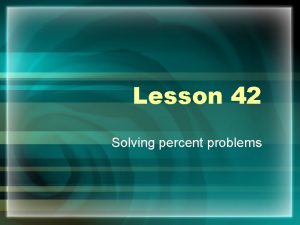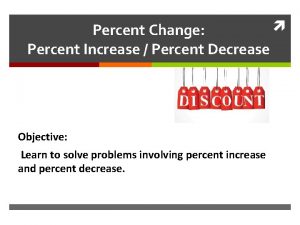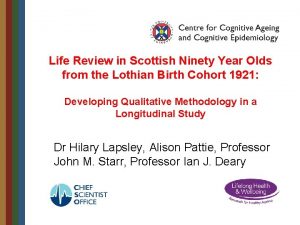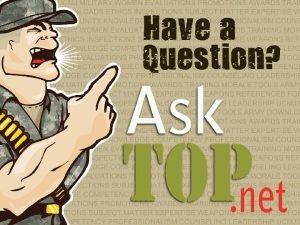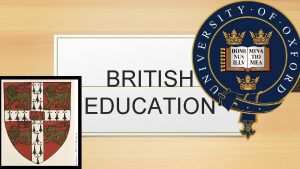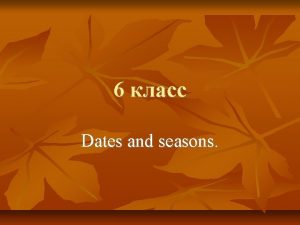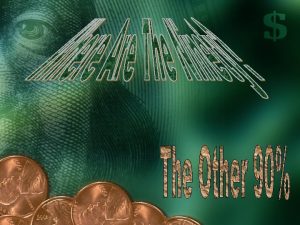Review of Explorers Ninety percent of these explorers






















- Slides: 22

Review of Explorers Ninety percent of these explorers are on your exam. You need to know the highlighted part for sure. The rest of the info also helps distinguish some from others, especially nationality.

Portuguese Explorers

Prince Henry the Navigator Opened up a school for aspiring explorers, funded and sponsored many explorations

Bartolomeu Dias Portuguese explorer who was first to go around Cape of Good Hope (on the southern point of Africa) in 1487 -1488. He helped Vasco da Gama build his ships for his trip to India in 1497. Dias accompanied Pedro Cabral on what would be the discovery of Brazil, then claimed for Portugal. Dias died in a shipwreck in May of 1500 on that voyage.

Vasco Da Gama Took Dias’ discoveries and 10 years later went around Cape of Good Hope (southern tip of Africa) all the way to India.

Ferdinand Magellan Captained the first voyage around the world, though he was killed by a poison arrow in the Philippines and didn’t make it back

Italian Explorers

Christopher Columbus In 1492, he accidentally discovered the Americas. He arrived in the Bahamas, but for the rest of his life and all four of his voyages thought he had found a new route to Asia.

Amerigo Vespucci In 1501, he explored South America and discovered Rio de Janeiro, Brazil. He named it “January River”. Amerigo also realized that Columbus had discovered a “New World”. The Americas are named after him.

Martin Waldseemuller (German) was the first mapmaker we know of that identified the Americas as completely separate from Europe and Asia in 1507, naming this area here, “America”. North America was known as the Indies for some time.

English Explorers

Sir Francis Drake He sailed around the world in 1577 -1580. 2 nd in command for Elizabeth I against the Spanish Armada in 1588 First leader of a voyage to sail around the world. (Only one of Magellan’s 5 ships made it, and Magellan wasn’t on it. )

Spanish Explorers

Hernan Cortes Most famous for conquering the Aztec of Mexico in 1519 -1521, he was also the governor of Mexico for a while, married his slave Dona Marina (aka Malinche), and fathered what is believed to be the 1 st or 2 nd mestizo in world history.

Francisco Pizarro Conquered the Inca of South America in 1532 -1533 only to die of greed. Accompanied Vasco Nunez de Balboa across the Isthmus of Panama for the “discovery” of the Pacific Ocean in 1513, then known as the “Mar del Sur” (South Sea).

Francisco Coronado Explored the American Southwest of Texas, New Mexico, Arizona and Kansas in 1540 -1542, looking for the 7 Cities of Cibola. Arrived in the City in the Sky in N. M. in 1540 but treated the Acoma people there very badly until the Acoma threw his men off the cliff. He died in 1554 in Mexico City of an infectious disease.

Ponce de Leon The first known European to reach the North American mainland, he “discovered” and named Florida for its many flowers in 1513. He also became Governor of Puerto Rico. On his last trip to Florida, he was shot in the leg with a poison arrow and later died. Today he is buried in his tomb in the 2 nd oldest cathedral in the Americas, the Cathedral of San Juan Bautista.

Hernando de Soto The first known European to cross the Mississippi, he led the first expedition deep into what is today the United States in 1539. He explored Georgia, Tennessee, the Carolinas, Mississippi, Alabama, Arkansas, Oklahoma, Louisiana, and Texas. He died along the Mississippi River in 1542 of a fever in either Arkansas or Louisiana, and was buried in the river. Before his journey to North America, he was one of Pizarro’s captains and helped capture Atahualpa and conquer the Inca.

Father Bartholomew de Las Casas De Las Casas arrived in Hispaniola (Haiti and the Dominican Republic today) in 1507. He became a land slave owner shortly after. After taking part in several raids where he saw how badly the Spanish treated the natives, he had a change of heart and became a Dominican friar, later appointed by the King of Spain as “Protector of the Indians”. He wrote several accounts of the Spaniards’ cruel treatment of the natives. The most famous of his writings is called “A Short Account of the Destruction of the Indies” (1542).

Vasco Núñez de Balboa He is best known for having crossed the Isthmus of Panama to the Pacific Ocean in 1513, becoming the first European to lead an expedition to have seen or reached the Pacific from the New World. Francisco Pizarro was with him, but it would be another 20 years before Pizarro would become infamous for conquering the Inca of Peru.

French Explorers

René-Robert Cavelier, Sieur de La Salle, or Robert de La Salle Explored Canada, the northern U. S. and Great Lakes. Most famous in the U. S. for sailing down the Mississippi River in 1682 and claimed present-day Louisiana for France, naming it after his French King, Louis XIV (14 th).
 Determine
Determine Valid percent and cumulative percent
Valid percent and cumulative percent Marketing approach to demand measurement
Marketing approach to demand measurement Demand measurement in marketing
Demand measurement in marketing There were ninety and nine
There were ninety and nine In 1991
In 1991 Tudor explorers
Tudor explorers Explorers or boys messing about
Explorers or boys messing about Famous european explorers
Famous european explorers Tgcsa grading plaque
Tgcsa grading plaque Vikings: merchants and explorers
Vikings: merchants and explorers God gold and glory cartoon
God gold and glory cartoon Jo vestey
Jo vestey European explorers webquest
European explorers webquest European explorers
European explorers Early explorers timeline
Early explorers timeline Explorers wordly wise
Explorers wordly wise Supply demand matching
Supply demand matching Famous tudor explorers
Famous tudor explorers Chapter review motion part a vocabulary review answer key
Chapter review motion part a vocabulary review answer key Ap gov review final exam review
Ap gov review final exam review Narrative review vs systematic review
Narrative review vs systematic review Example of inclusion and exclusion criteria
Example of inclusion and exclusion criteria
